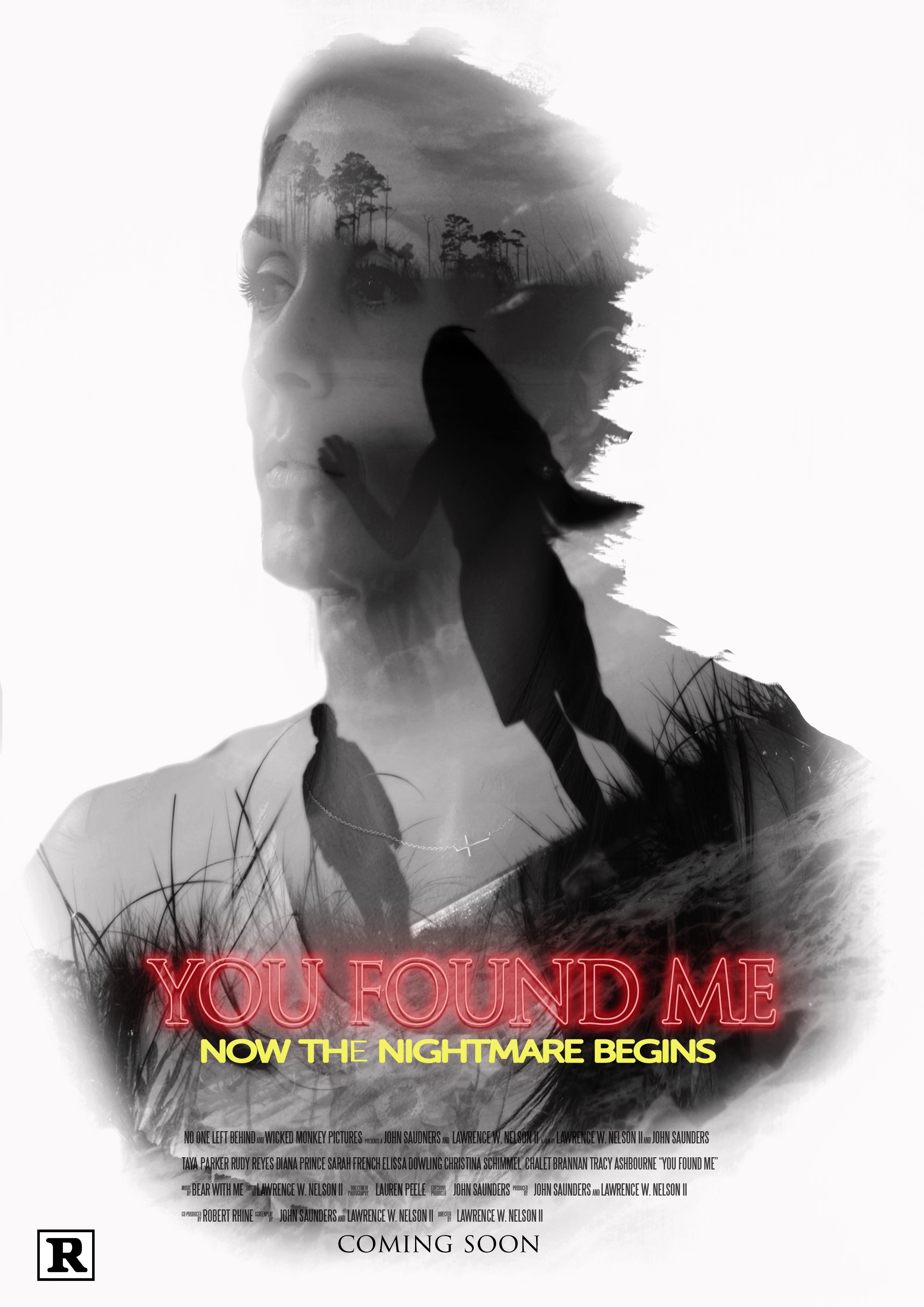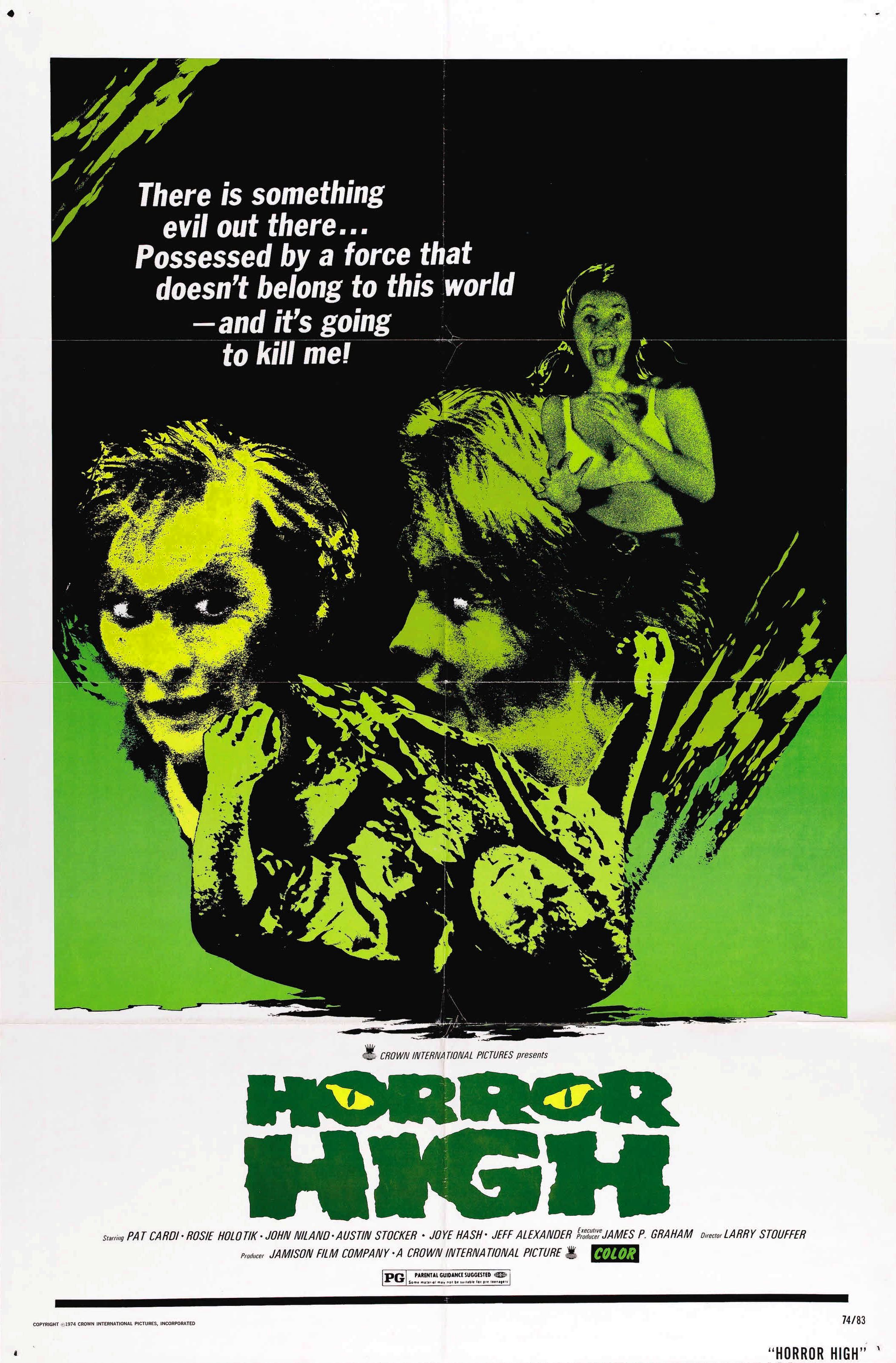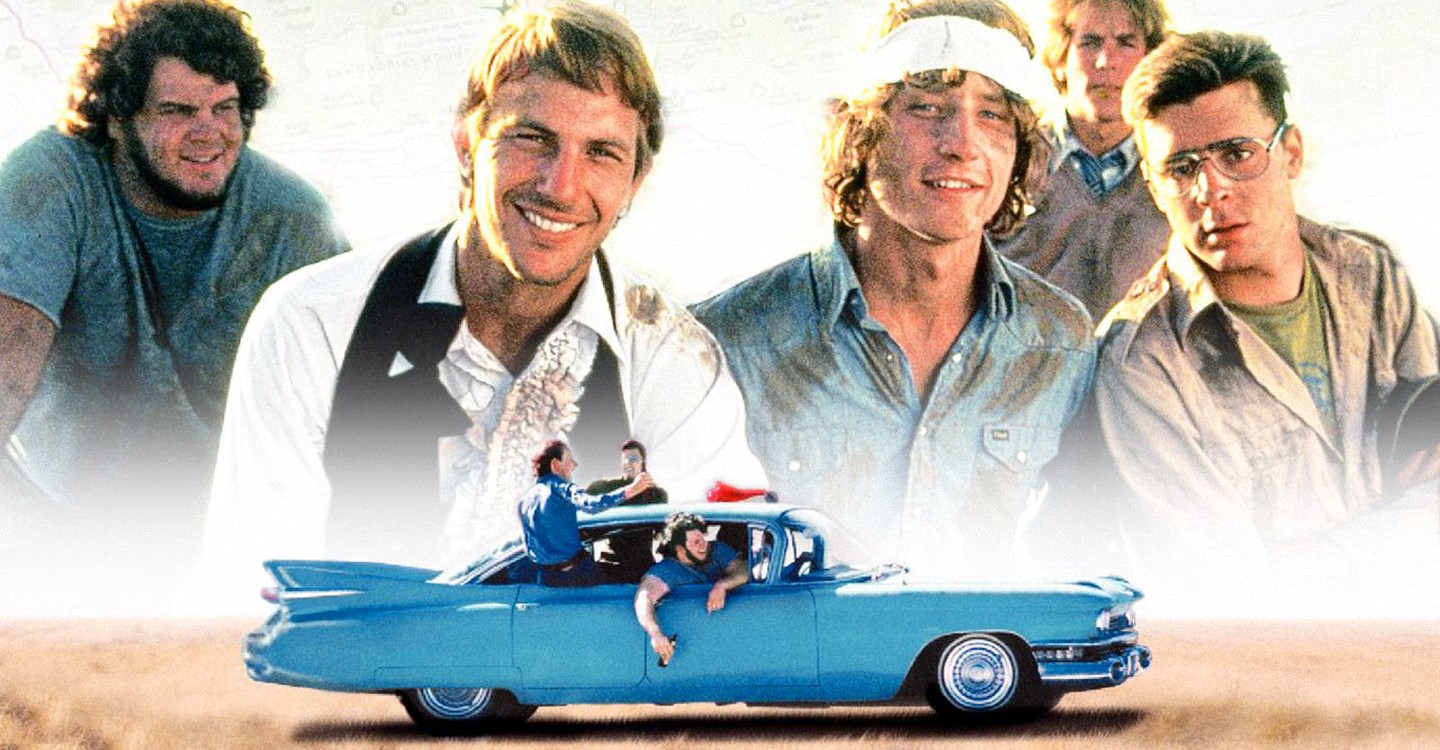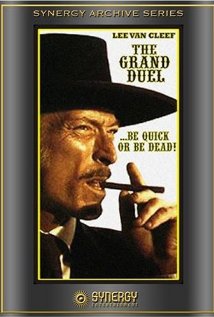
Lieutenant Doolittle is in charge of ‘Dark Star’, a ship on a lonely mission to destroy unstable planets in systems targeted for colonisation. The ship has been on it’s mission for twenty years, but the crew have only aged three years. Doolittle has been in charge since an explosion killed Commander Powell, rendered the sleeping quarters uninhabitable and destroyed the ship’s entire supply of toilet paper. In order to deal with the excruciating boredom of the mission and the frustration at having only three other astronauts for company the ship’s computer, which has an alluringly soothing and sexy female voice, pipes in muzak and easy listening jazz. Doolittle misses surfing. Boiler has taken to shooting holes in things. Talby lives in isolation in the the observation dome. Pinback isn’t really Pinback, not that anyone even cares. Excitement arrives when an asteroid inflicts damage on the ship’s systems, prematurely activating one of the highly intelligent, eager and earnest planet killer bombs. To complicate things the alien needs feeding, and Bomb 20 just wants to do its job and is getting increasingly frustrated and belligerent.
“Bomb, are you willing to entertain a few concepts?” Doolittle
“I am always receptive to suggestions!” Bomb 20
‘Dark Star’ was made in 1974, initially as a college project, and launched the careers of John Carpenter and Dan O’Bannon, amongst others (Tommy Lee Wallace and Nick Castle, long term Carpenter collaborators both, worked on ‘Dark Star’ and the ship’s interior and exterior were designed by the great Ron Cobb). From the very start Carpenter’s style is evident, the widescreen image is utilised to absolute maximum effect without a bit of wasted space on screen, the signature electronic music is present throughout (with the exception of the cheerfully optimistic trucker song ‘Benson, Arizona’ which serves as title song), and the pacing and editing are perfect. The film is not boring for a minute despite the lack of resources. The special effects, while cheap and cheerful, serve the film perfectly (I’ve always managed to suspend disbelief more easily in the face of cheap practical effects than I have when faced with unconvincing computer generated effects), particularly the psychedelic hyperspace sequences. The film as a whole is a tour de force of tricks and gags, a veritable ‘How To’ of practical effects that, once staples of cinema, are now being superseded by CGI. ‘Dark Star’ has influenced science fiction film-making ever since and just as ‘Dark Star’ tips it’s hat to it’s inspirations (for example ‘THX1138’), it in turn will be referenced for many years to come.
I can’t tell you how much I love this film. It’s funny and moving (Pinback’s video diary is burned in my memory), and, a groundbreaking movie in 1974, it still feels fresh 31 years later. The product of post-Vietnam and Watergate era America it still resonates today because in an age of ever smarter bombs and increasingly advanced technology we remain at the mercy of chance and human frailt



